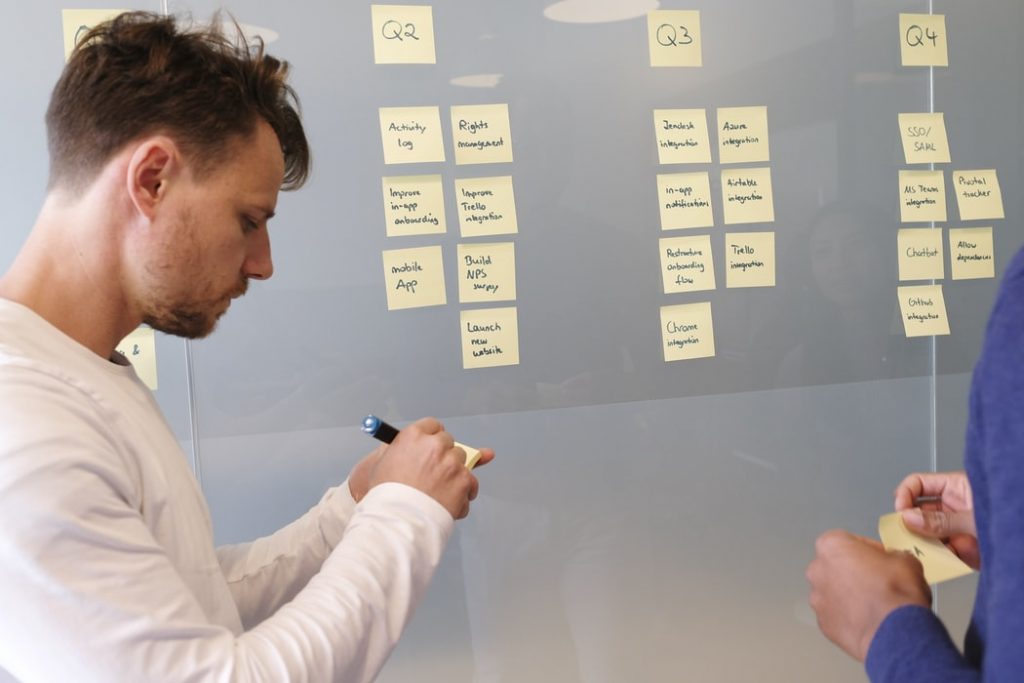Today, there are so many risks in the security world. So, information security risk management is important.
But, why is that so? Also, how can ISRM help individuals and companies?
Read on to learn more.
Importance of Information Security Risk Management
Everyone would agree that we have to protect our personal information. Otherwise, bad people will steal it. So, it can harm us.
But, how is ISRM connected with this?
Information security protects our information. And that includes the digital and physical ones.
Of course, we want to protect our names and addresses. So, hackers won’t steal it and sell it to others.
We also don’t want other people to know our bank information. So, hackers can’t steal our money.
Worse, these people can even sell our private information to other people.
So, it can give bad results to us. Worse, it will ruin a company.
It can result in a loss of income, customers, trust, and reputation.
So, information security risk management is really important.
Meaning of Information Security Risk Management
Information Security Risk Management or ISRM is like a security plan. But, it should be done before a security incident.
So, how does this plan work?
First, it helps you know about the risks. Then, it shows you how to avoid these.
So, companies can lessen the damage during security incidents.
Hence, ISRM is important. Or else, you can’t survive infosec dangers.
So, what is included in ISRM? It has five factors:
- Threat actor: the cause of threats
- Vulnerability: the reason for threats
- Outcomes: what happens after vulnerability, also known as incidents
- Impact: the result of the security incidents
- Assets: affected information
But, how are they involved in the ISRM?
Let’s dive deeper into it.
How to Build Your Information Security Risk Management
There are six steps in building an ISRM. These are the following:
- Identify
- Protect
- Apply
- Control
- Assign
- Monitor
Identify what’s important.
First, you need to know what’s important to you. And it includes two things:
- your assets, or what information is important
- the risks
Once you know your assets, you’ll know what to protect. And after knowing the risks, you know what to fight.
These risks include:
- physical
- technical
- personnel-related
- environmental
Protect what you have to.
Now, you know what’s important to you. You also know the risks. What’s next?
The next thing is to protect these assets. How so? Here are three steps:
- Train your employees.
- Set controls.
- Apply passwords.
Apply security policies.
Then, you should apply rules or policies. And this includes:
- Reviewing the danger.
- Making new controls.
- Using tools.
- Installing alerts.
Control the steps.
Still, i’s not enough to apply controls. You should also control and check them from time to time.
To do this effectively, you should do the following:
- Add and update apps.
- Be alert about notifications.
- Test security if it still works.
Assign it to the right persons.
Now, you should apply controls. But, the right people should do it for you.
So, they can help lessen the damage.
Monitor the steps.
So you’re done with the five steps. But, it will be useless without monitoring.
So, you can check if they become outdated or not.

